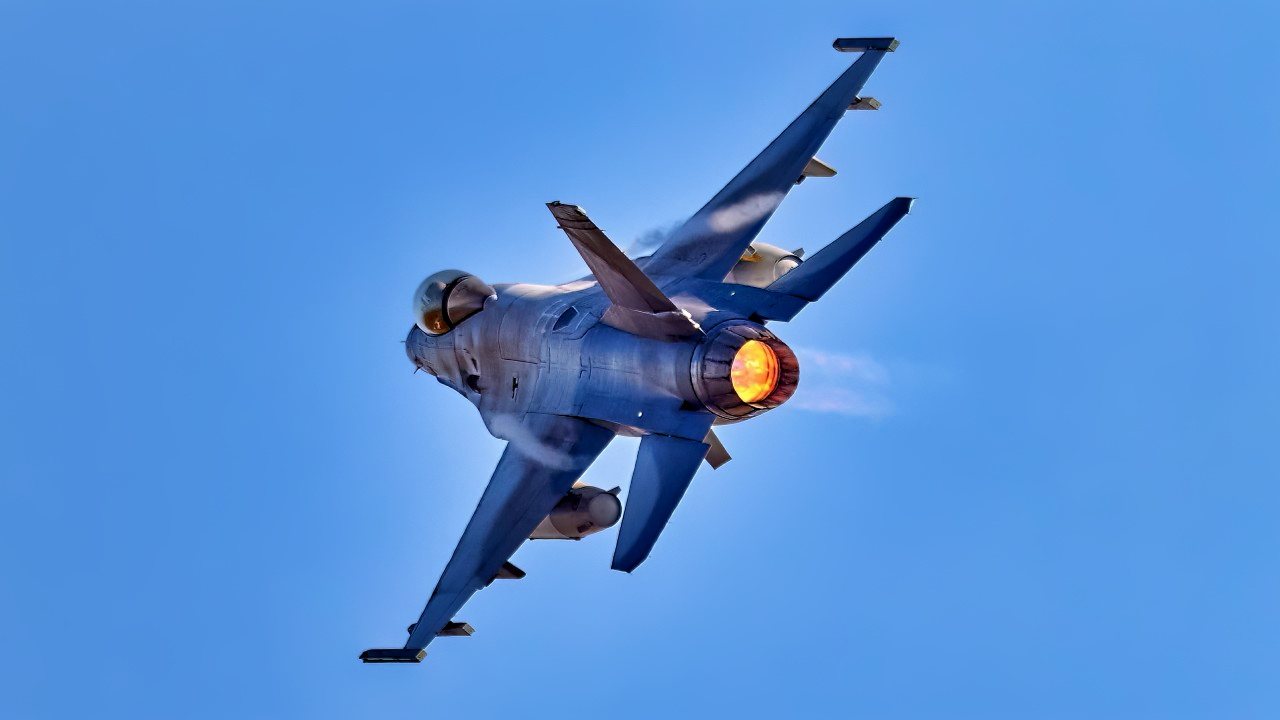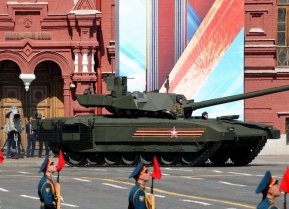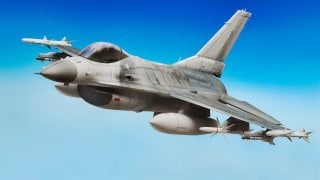F-16: The Greatest Fighter Plane to Ever Fly
The F-16 Fighting Falcon, a mainstay of the U.S. Air Force since its introduction in 1978, has demonstrated versatility as both an air-to-air and air-to-ground warplane. Despite its age, the F-16 remains beloved by pilots and has seen action from the Cold War through the Global War on Terror.
Summary: The F-16 Fighting Falcon, a mainstay of the U.S. Air Force since its introduction in 1978, has demonstrated versatility as both an air-to-air and air-to-ground warplane. Despite its age, the F-16 remains beloved by pilots and has seen action from the Cold War through the Global War on Terror. As newer technologies like stealth fighters and hypersonic weapons redefine aerial combat, the Air Force considers phasing out the F-16. However, Congress opposes this, advocating for the preservation of these aircraft amid potential future conflicts. Innovations like converting the F-16 into unmanned drones are being explored to maintain its relevance in modern warfare. Some experts even consider the F-16 the best fighter plane ever.
F-16 Fighting Falcon: A Veteran Warplane's Future in Modern Warfare
The F-16 Fighting Falcon was the United States Air Force’s fourth-generation multirole warplane. In its capacity as a multirole fighter, it has proven itself to be a capable and reliable air-to-air fighter as well as an air-to-ground attacker. Multiple air forces around the world have purchased variants of this warplane.
The pilots who fly these birds love them. As someone who recently was allowed to participate in a flight simulation training exercise that the Air Force was running for new F-16 pilots, I can tell you that, despite its age, the F-16 is still a great warplane.
Sadly, though, the Air Force is struggling to keep these systems relevant in an era in which stealth bombers, fifth-generation warplanes, such as the F-35 Lightning II (indeed, many F-16 pilots are switching over to the F-35), and hypersonic weapons systems have come to define the unfriendly skies.
The F-16 was a magnificent warbird for its time, and it helped the US to win the Cold War.
Further, it maintained an untenable peace in the post-Cold War era. When that peace was shattered by the 9/11 attacks, the F-16 was on the frontlines of the Global War on Terror.
Indeed, the F-16 Fighting Falcon remains a key element of the US military’s arsenal. Although, time is passing her by. Despite the Air Force’s attempts to retire this storied bird, though, Congress is balking at this plan. As the Air Force seeks to retire some of its first F-22A Raptor fifth-generation warplanes, they also want to put to bed some of their older F-16 fighters.
Congress Saves the F-16
But Congress, in a rare moment of wisdom and foresight, believes this is mistaken.
After all, if a great power war is coming sooner rather than later, and our defense industrial base will be unable to reliably produce new systems to fight that war, keeping current systems around will be key to America remaining in the fight.
Still, the Air Force isn’t wrong about the age of the F-16.
And there are only so many modifications that the USAF can make to ensure that the great warplane remains a viable element in America’s air fleet. Before we get into what could be done with the F-16 to keep it viable, it’s first important to recognize some of the specs for this bird.
A Brief History of the F-16 Fighting Falcon
First introduced in 1978 by General Dynamics, this bird was designed with fighter pilots in mind. Learning from their experiences in both the Korean and Vietnam Wars, the Air Force called for a new generation of lightweight air superiority fighters. General Dynamics answered the call.
USAF Colonel John Boyd, possibly one of the greatest Air Force officers in American history, had critical inputs into the design of this warbird along with mathematician Thomas Christie. These two visionary men developed what was known as the “energy-maneuverability theory” for warplane combat performance.
Essentially, Boyd and Christie believed that a lightweight aircraft that could fly with minimum energy loss and increased thrust-to-weight ratio would key for US pilots winning any dogfight—and surviving.
The F-16 has 11 external hardpoints to carry various armaments and is equipped with a M61 Vulcan cannon. These birds can carry up to nine AIM-9 Sidewinder heat-seeking air-to-air missiles (AAM), along with radar-guided AIM-7 Sparrow medium-range AAMs. Newer versions of the F-16 also possess AIM-120 AMRAAM. They have electronic countermeasures (ECMs), and a variety of other features that keep the plane safe in combat.

Originally powered by a Pratt & Whitney F-100-PW-200 afterburning turbofan engine, today’s F-16s now carry a modified engine that is more reliable and can produce just shy of 29,000 pounds of thrust.
Given these facts, why would Air Force even consider retiring these birds?
Sure, they’re not fifth-generation warplanes. But they still have so much to offer. Of course, time is making these warbirds less effective and relevant in modern combat settings. Yet, there are still some things that can be done to enhance its staying power.
Making the F-16 an Unmanned Drone
One possible upgrade to make the F-16 more relevant would be to convert it into an unmanned drone.
Already, the Air Force has awarded multiple contracts for the Collaborative Combat Aircraft (CCA) program. In fact, the Secretary of the Air Force, Frank Kendall, “will get some hands-on experience with that autonomy when he flies on an autonomously piloted F-16 this year,” according to Air & Space Forces Magazine. The CCA Program expects to more fully deploy automated F-16s by 2028.
Most experts think that autonomous drone warfare, on air, at sea, and on land, is the wave of the future. Judging from recent events, and the rise of A2/AD systems, it is likely that these assumptions are correct. Rather than simply mothballing such a storied warbird, like the F-16, the Air Force should find a new way to employ these great planes. Making them automated just might the way that the Air Force has its strategic and eats it, too.
Nevertheless, the Air Force has a truly great plane in the F-16 that over 25 other nations love. While it cannot compete with a fifth-generation warplane, it shouldn’t have to. The F-16 can perform vital functions for the USAF that the fifth-generation warplanes don’t need to. What’s more, they could further our capabilities by eventually being converted into unmanned systems.
One thing is clear, though: America can never let the F-16 die.
About the Author
Brandon J. Weichert, a National Interest national security analyst, is a former Congressional staffer and geopolitical analyst who is a contributor at The Washington Times, the Asia Times, and The-Pipeline. He is the author of Winning Space: How America Remains a Superpower, Biohacked: China’s Race to Control Life, and The Shadow War: Iran’s Quest for Supremacy. His next book, A Disaster of Our Own Making: How the West Lost Ukraine, is due October 22 from Encounter Books. Weichert can be followed via Twitter @WeTheBrandon.


